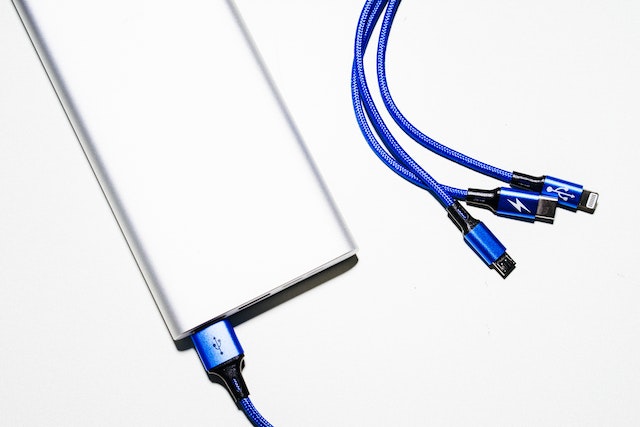The Versatile D-Sub Connector: A Closer Look
In the world of electronics and connectivity, D-sub connectors have been a cornerstone for decades. These versatile connectors, known for their distinct “D” shape, have found their place in a wide range of applications, from computers and telecommunications to industrial and automotive systems. In this blog, we will take a closer look at the D-sub connector, exploring its history, types, and applications.
1. A Brief History of the D-Sub Connector
The D-sub connector, short for “D-subminiature,” was first developed in the mid-20th century by Cannon Electric, now part of ITT Corporation. The “D” shape of the connector shell is a distinctive feature that provides robustness and stability to the connection, making it suitable for various industries. Over time, these connectors have evolved, with multiple variations and sizes to accommodate different applications.
2. Types of D-Sub Connectors
D-sub connectors come in various configurations, each designed for specific purposes. Here are some common types:
2.1. Standard D-Sub Connectors (DB)
Standard D sub connector, often referred to as “DB” connectors, are the most widely recognized type. They come in various sizes, with the most common ones being DB9 and DB15. These connectors are used for a wide range of applications, including serial and parallel communication in computers.
2.2. High-Density D-Sub Connectors (HD)
High-density D-sub connectors pack more pins into a smaller footprint. These connectors are used when space is at a premium but still require a high number of connections. They come in configurations like HD15 and HD26, often used for video connections in computer monitors.
2.3. Filtered D-Sub Connectors
Filtered D-sub connectors are equipped with EMI/RFI filtering to protect against electromagnetic and radio frequency interference. These connectors are essential in applications where signal quality is critical, such as military and aerospace systems.
2.4. Combo D-Sub Connectors
Combo D-sub connectors combine D-sub connectors with other types of connectors in a single housing. For example, they might include D-sub connectors alongside USB, HDMI, or power connectors, simplifying cable management in industrial and automation settings.
3. D-Sub Connector Applications
D-sub connectors are incredibly versatile, finding applications in various industries and sectors. Here are some notable uses:
3.1. Computers and IT
D-sub connectors have been integral in connecting peripherals like keyboards, mice, and monitors to computers. They’re also used for serial and parallel communication in older computer systems.
3.2. Telecommunications
In the telecommunications industry, D-sub connectors are used for various purposes, including connecting modems, routers, and communication equipment.
3.3. Industrial Automation
D-sub connectors are widely used in industrial automation for connecting sensors, motors, and other devices. Their durability and the availability of filtered variants make them ideal for harsh industrial environments.
3.4. Aerospace and Defense
In aerospace and defense applications, D-sub connectors are used to establish secure connections in avionics and communication systems. Their reliability and resistance to interference make them a top choice.
3.5. Automotive
D-sub connectors are employed in the automotive industry for connecting various vehicle components, from onboard computers to diagnostic equipment.
4. The Future of D-Sub Connectors
As technology continues to advance, D-sub connectors have faced competition from newer, smaller connectors like USB and HDMI. However, their durability, reliability, and adaptability ensure they will remain relevant in many industrial and specialized applications for years to come. Furthermore, innovations in D-sub connectors, such as higher-density variants and improved filtering, will help extend their reach into modern technology.
